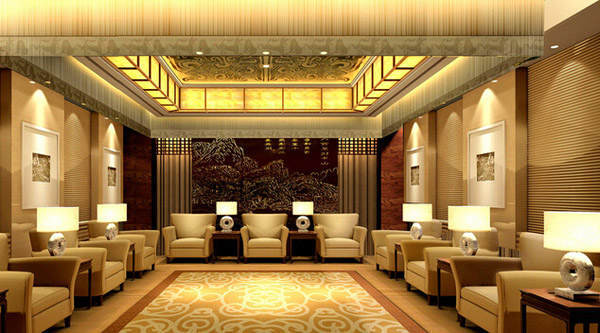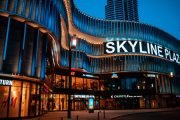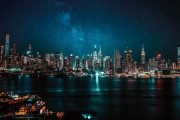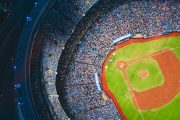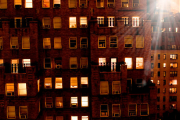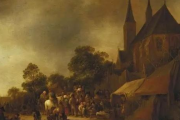Lighting Control
Lighting control has existed from ancient times to the present. In life, the kerosene lamp that was turned on during a power outage in our home can be controlled by the wick knob to control the size of the burning flame, thereby controlling the amount of light emitted. In architecture, architects control natural lighting through the orientation of the building. In the actual electric light source lighting, designers choose various instruments and equipment to control the distribution of the circuit, thereby forming an efficient lighting technique to achieve economy and artistry.
Regarding lighting control, what brings us all is flexible lighting arrangement, and it also brings us diversified lighting with decorative effects. Now with a finger move, the dimming system can bring us:
- Reduce the lighting level to save energy and extend the life of the bulb,
- Enrich the atmosphere of the room (influence people’s psychological activities),
- Change the light intensity to adapt to various activities and realize multiple scenarios in one room.
In addition to the arrangement of lamps and lanterns in our design, it is also inseparable from the control of lights. Lighting control should be an inseparable part of the lighting design of each space.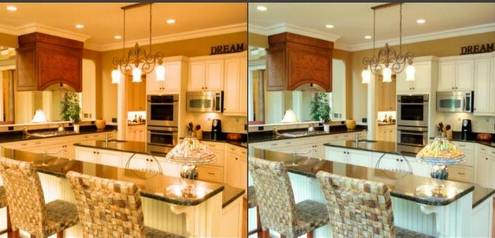
Lighting Control Type
- Integrated dimming system:
Allows us to achieve a variety of scene changes in a room. Just a light press on the switch of the electrical box on a wall, the scene can be switched. That’s not a big deal, we also have a wireless remote control method.
- Push-button dimming control:
Press to adjust the intensity of the lighting. Some of these high-end controls also have indicator lights to show us the value of the lighting intensity to achieve lighting visualization.
- Skateboard dimmer:
Provide a full set of manual dimming control. Some controllers can restore the previous lighting level with one button. Like the above method, it can also be matched with indicator lights to shine in the dark and tell us where they are.
- Rotary dimmer:
Provide a full range of manual dimming control. It also has a lighting control memory function, which makes the lighting control manual by rotating. Electric fans in our homes used this method in the past.
Home Lighting Source
Any lamps we use are inseparable from the light source. Different light sources can assist our designers to complete different lighting effects. The light source is described by the following two most basic terms:
Power: The amount of electrical energy consumed when a light source is in use. The unit is watt (W)
Luminous flux: How much light a light source emits.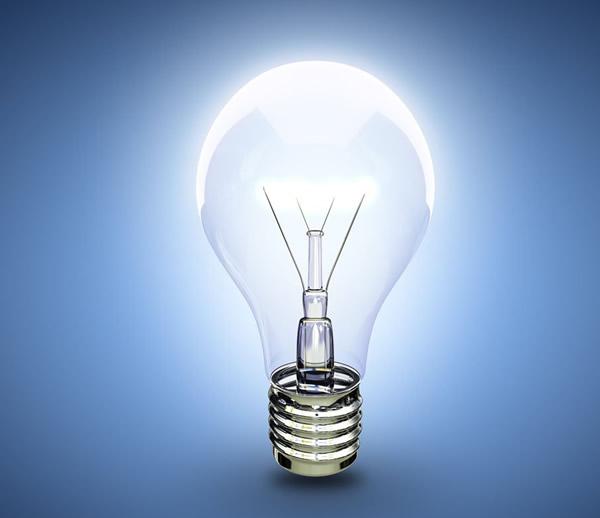
Incandescent
- Ordinary
This type of incandescent lamp is cheap, easy to use, and has various powers and appearances. They can be understood as a point light source (there are some light sources in the lighting settings of MAX and VIZ), emitting yellow and white lights around. From the glass shell of the bulb, it can be divided into two types: transparent bubble and frosted.
This type of incandescent lamp can be divided into three types in appearance
- Normal type (a bit like a pear)
- Ball shape (such as the color bulb used to outline the outline of the building)
- Abnormal shape (wax flame bubble used in lanterns, etc.)
- Reflective
There is a certain amount of reflective coating inside the bulb, so that the bulb can push the light forward, so that we can control the beam more conveniently than ordinary incandescent lamps. This kind of light source has flood type (has the performance of diffusing light) and concentrating type (concentrating light).
Using the same electric energy, the reflector bulb (R type) on the object can provide twice the brightness of an ordinary incandescent lamp.
PAR type bulb (parabolic reflector)
The light can be controlled more accurately. They can provide four times the light of ordinary incandescent lamps. We often use it in compact lamps and track lighting. In addition, it has thicker protection, so it is also used in outdoor floodlights and floodlights.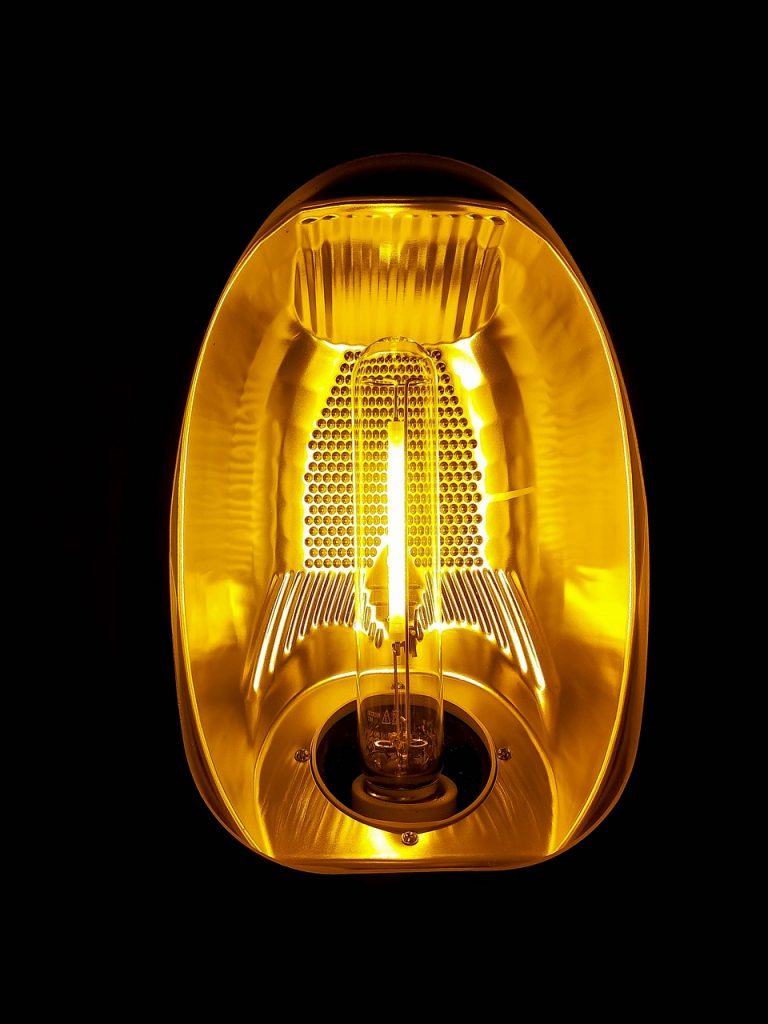
Halogen lamp
Provides bright white light and has a longer life than incandescent lamps. Compared with the conventional incandescent lamp, the luminous efficiency (the amount of luminous flux emitted by the light source using 1 watt) is higher. Maintain extremely high efficiency throughout the life of the light source. There are two voltages: high voltage (120V) and low voltage (12V). The low voltage type requires a transformer to step down the voltage.
- High voltage type (120V)
PAR16\ PAR20\ PAR30 and PAR38 reflective bulbs can provide better beam control than conventional incandescent PAR light. There are a variety of narrow beam and wide beam options. It is used in track\compact\outdoor spotlight\outdoor floodlights.
The T-3 type double-ended light source can be applied to a variety of lamp holders. The lighting direction of the light source is controlled by the reflector in the lamp. It is suitable for outdoor floodlighting and wall special effect lighting.
The T-4 single-ended light source has a smaller appearance, and the lighting direction of the light source is also controlled by the reflector in the lamp.
- Low voltage type (12V)
MR11 and MR16 low-pressure tungsten halogen lamps can provide excellent beam control. There are various beam angles from narrow to wide. The extremely small size enables it to be used in smaller tracks and more compact lamps. It can also be used in outdoor spotlighting.
PAR36 low-pressure tungsten halogen lamp can also provide excellent beam control, especially suitable for longer-distance lighting. There are multiple beam options for spotlight and wide light. It is used in rail lamps, compact lamps and outdoor lamps.
T4 plug-in low-voltage tungsten halogen lamp, commonly known as rice bubble. It is used in chandeliers, tungsten halogen desk lamps and other track lamps. The direction of the light source is controlled by the luminaire.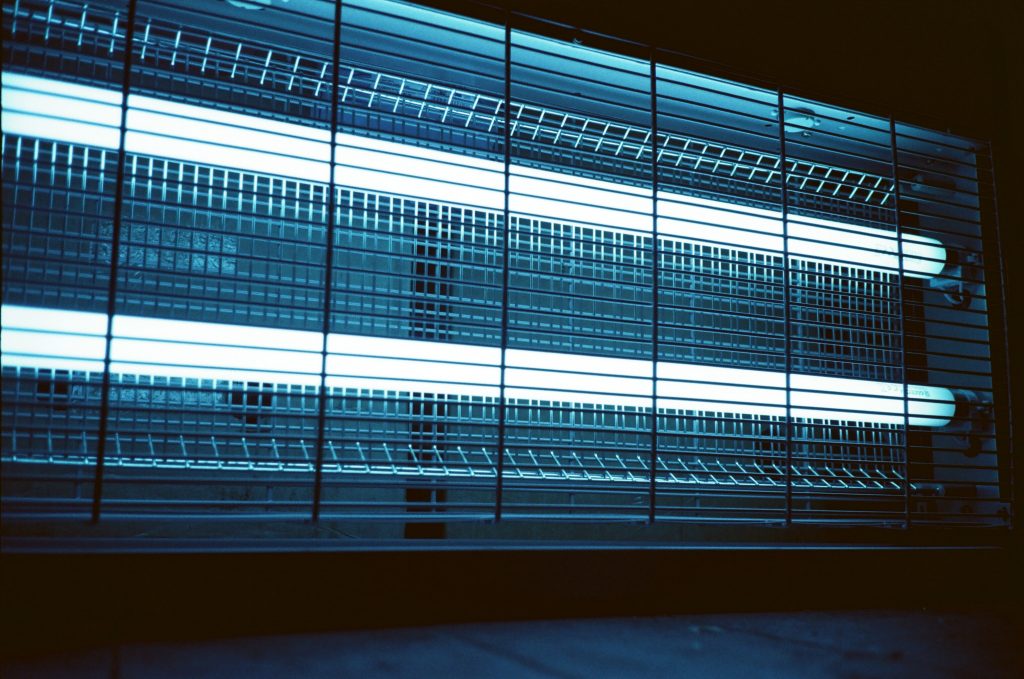
Fluorescent light
Only 1/5 to 1/3 of the electric energy of incandescent lamps can emit the same luminous flux, and at the same time, the service life is longer than those of incandescent lamps, and the service life is increased by more than ten times.
Compact fluorescent lamps (energy-saving lamps) can be used in small lamps. Downlights, the most common home improvement lamps, can be seen in such light sources. They are also used in other recessed and track luminaires.
An energy-saving lamp with a screw-type base can directly replace the incandescent light source with a conventional lamp base.
Fluorescent lamps can provide a variety of color temperatures. Among them, warm white fluorescent lamps can replicate the light color of incandescent lamps.
Living Room of Home Lighting Scene Example
When we are designing the living room lighting, we must understand what kind of activities will be carried out there.
For us to play video games and watch TV, what we need is general lighting. And when we read or our mother is sewing clothes, we need work task lighting. When lighting artworks, plants, and interesting architectural components, one-to-one accent lighting must be used to highlight the subject matter. In addition, the use of dimming technology in the living room is also a good method. Through this design, we can control our mood and meet the indoor functional needs of various activities.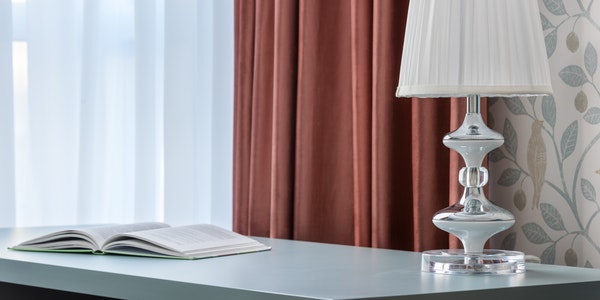
Reading area: task lighting can be used. Usually the light comes from behind the shoulders of the reader. The specific operation method is to move the movable lamp to the rear left or right rear of the seat according to the reading habits of each person. At the same time, avoid the glare caused by the large shadow difference.
Paintings are always indispensable for wall decoration at home. Here we can use low-power LED spotlights and picture lights to focus on them. Use their variable beam angles to outline the outline of the picture frame, and classify the lighting according to the picture quality.
For home plants, in addition to the most common frontal top-view lighting, we can also use backlighting. It can produce dramatic silhouette lighting effects, which is also quite interesting.
Putting a bar in the living room immediately makes the atmosphere romantic. At this time, we can use compact luminaires, track-type luminaires, or low-power LED chandeliers, placed above the bar for lighting.
What if there is no alcohol in the bar? Naturally, there are glass wine cabinets, glass bottles, glasses and the like. At this time, two adjustable lamps can be used for accent lighting.
(To Be Continued)

